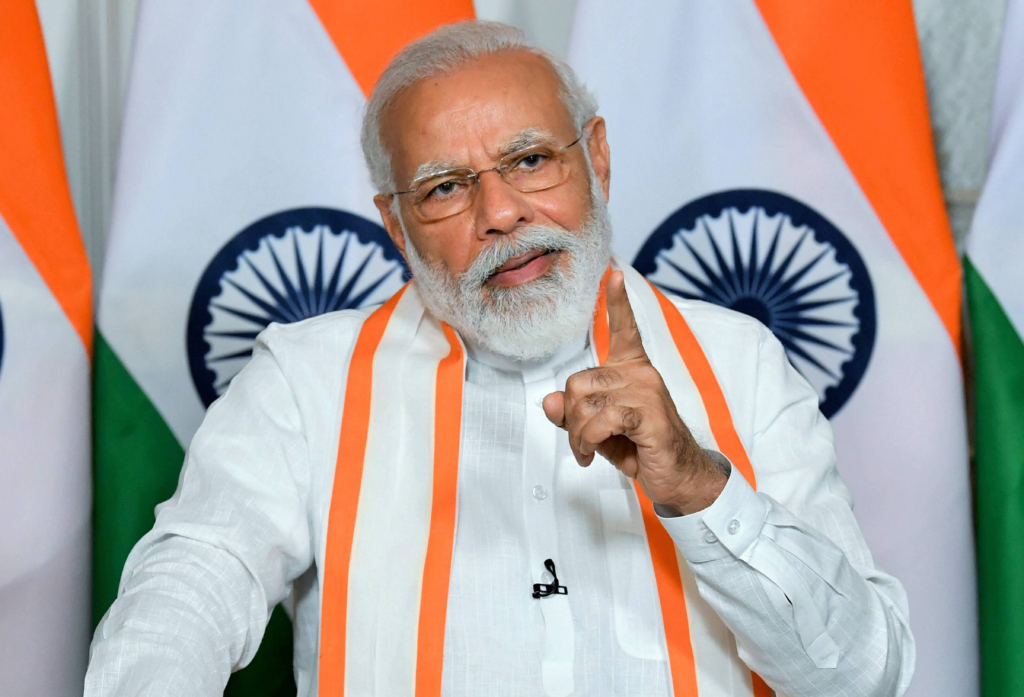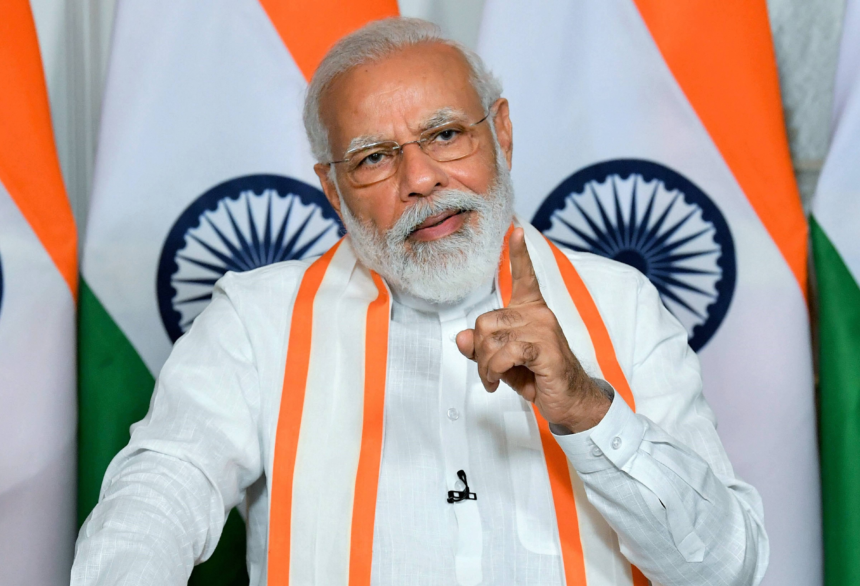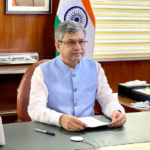
Introduction:
A five-year-old video of Prime Minister Narendra Modi predicting a no-confidence motion in 2023 has gone viral as the Indian National Developmental Inclusive Alliance (INDIA), a united opposition front, brings a no-confidence motion against the government in Parliament. The motion comes in the wake of the Manipur outrage, with the opposition seeking to compel PM Modi to address the issue in Parliament. However, given the ruling National Democratic Alliance’s (NDA) majority, the motion is expected to fail. Despite this, it is being seen as a battle of perception, as the opposition attempts to force a debate on the Manipur issue.
PM Modi’s 2019 Prediction Resurfaces:
In a video from 2019, PM Modi can be seen addressing the Lok Sabha after the NDA’s resounding victory in a trust vote. Amidst laughter in the House, he urged the opposition to prepare well for a no-confidence motion in 2023. The video resurfaced as the opposition brought a no-confidence motion against the government, making it a subject of discussion and controversy.
Opposition’s Strategy Amid Manipur Outrage:
The opposition, under the banner of the Indian National Developmental Inclusive Alliance (INDIA), decided to table a no-confidence motion in an effort to force PM Modi to address the ongoing Manipur issue in Parliament. The Manipur outrage has been a focal point of concern for many, and the opposition seeks to capitalize on this platform to hold the government accountable for its actions and decisions.
Government’s Response and Stand on the Debate:
The government responded to the no-confidence motion by expressing its willingness to engage in a debate on the Manipur issue in Parliament. However, with the NDA enjoying a comfortable majority, the motion is expected to be defeated. Despite this, the opposition views it as an opportunity to bring the Manipur issue to the forefront of national discussions and public consciousness.
Battle of Perception:
While the no-confidence motion’s success is unlikely due to the NDA’s dominant position, the opposition views it as a strategic move to create a battle of perception. By forcing a debate on the Manipur issue, the opposition aims to portray the government as evasive or unwilling to address critical concerns, thereby attempting to win public support and sympathy.
INDIA’s Attempt to Present a United Front:
The no-confidence motion marks a significant step for the opposition, which recently came together under the banner of the Indian National Developmental Inclusive Alliance (INDIA). The alliance aims to unite various parties with different ideological backgrounds on common issues of national interest and governance.
Conclusion:
As the no-confidence motion unfolds in Parliament, the nation watches closely to see how the opposition’s strategic move will play out. Despite the motion’s expected failure due to the NDA’s majority, it serves as a powerful tool for the opposition to bring attention to the pressing Manipur issue and challenge the government to address the concerns of the citizens. The debate in the Parliament will undoubtedly be a defining moment in Indian politics, shaping public perception of both the government and the opposition.











